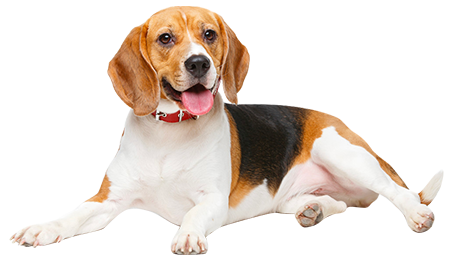Understanding Raw Meat Dog Food: Benefits and Considerations
Raw meat dog food has garnered significant attention among pet owners who are interested in providing their dogs with a diet closer to what their ancestors consumed in the wild. This type of diet typically includes raw meats, bones, organs, and sometimes even fruits and vegetables. Advocates argue that raw meat diets can lead to improved coat quality, higher energy levels, and better digestion. Ho
2025/03/24
Raw meat dog food has garnered significant attention among pet owners who are interested in providing their dogs with a diet closer to what their ancestors consumed in the wild. This type of diet typically includes raw meats, bones, organs, and sometimes even fruits and vegetables. Advocates argue that raw meat diets can lead to improved coat quality, higher energy levels, and better digestion. However, it's essential to consider both the benefits and potential risks associated with this feeding approach.
One of the primary benefits of raw meat dog food is its high protein content. Dogs are omnivores but have a biological inclination towards protein-rich foods. Raw meat provides amino acids that are vital for muscle development, tissue repair, and overall health. Moreover, many pet owners report that their dogs show increased vitality and improved dental health when switched to a raw diet. Chewing raw bones can also help reduce plaque and tartar buildup, contributing to oral hygiene.
Despite the advantages, there are several considerations pet owners must keep in mind when transitioning to a raw meat diet. One of the main concerns is the risk of bacterial contamination. Raw meat can harbor pathogens like Salmonella and E. coli, which can pose health risks not only to pets but also to humans handling the food. It is crucial to practice proper food handling, ensuring that raw meat is stored, prepared, and served safely.
Another consideration is ensuring that the raw meat dog food is nutritionally balanced. While raw meat is rich in protein, it may not provide all the necessary vitamins and minerals that a dog requires. It's important to incorporate a variety of components in the diet, including organs and some plant matter, to cover all nutritional bases. Consulting with a veterinarian or a pet nutritionist can help in formulating a balanced raw diet tailored to your dog's specific needs.
When introducing raw meat dog food, a gradual transition is advisable. This allows your dog's digestive system to adapt to the new food. Start by mixing raw meat with their current food, gradually increasing the raw portion over time. Monitoring your dog for any signs of digestive upset, such as diarrhea or vomiting, during this transition period is crucial.
In conclusion, raw meat dog food can be a beneficial option for many dogs, providing a diet that mimics their natural eating habits. However, it requires careful planning and consideration to ensure that it is safe and nutritionally adequate. By understanding the implications of feeding raw meat and implementing best practices, pet owners can enhance their dogs' diets while minimizing risks.
One of the primary benefits of raw meat dog food is its high protein content. Dogs are omnivores but have a biological inclination towards protein-rich foods. Raw meat provides amino acids that are vital for muscle development, tissue repair, and overall health. Moreover, many pet owners report that their dogs show increased vitality and improved dental health when switched to a raw diet. Chewing raw bones can also help reduce plaque and tartar buildup, contributing to oral hygiene.
Despite the advantages, there are several considerations pet owners must keep in mind when transitioning to a raw meat diet. One of the main concerns is the risk of bacterial contamination. Raw meat can harbor pathogens like Salmonella and E. coli, which can pose health risks not only to pets but also to humans handling the food. It is crucial to practice proper food handling, ensuring that raw meat is stored, prepared, and served safely.
Another consideration is ensuring that the raw meat dog food is nutritionally balanced. While raw meat is rich in protein, it may not provide all the necessary vitamins and minerals that a dog requires. It's important to incorporate a variety of components in the diet, including organs and some plant matter, to cover all nutritional bases. Consulting with a veterinarian or a pet nutritionist can help in formulating a balanced raw diet tailored to your dog's specific needs.
When introducing raw meat dog food, a gradual transition is advisable. This allows your dog's digestive system to adapt to the new food. Start by mixing raw meat with their current food, gradually increasing the raw portion over time. Monitoring your dog for any signs of digestive upset, such as diarrhea or vomiting, during this transition period is crucial.
In conclusion, raw meat dog food can be a beneficial option for many dogs, providing a diet that mimics their natural eating habits. However, it requires careful planning and consideration to ensure that it is safe and nutritionally adequate. By understanding the implications of feeding raw meat and implementing best practices, pet owners can enhance their dogs' diets while minimizing risks.
Key words:
Contact Us
Address:
No. 22, Jingxing Road, Economic and Technological Development Zone, Nantong, Jiangsu Province.
E-mail:
panghuiqiang@metzpet.com
Contact Phone:
+86-18862996617














